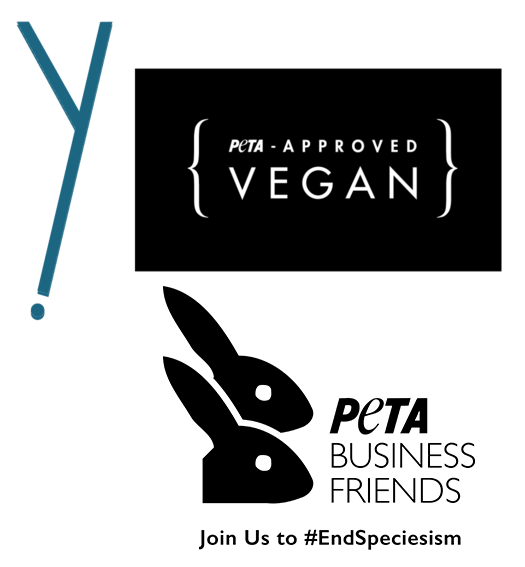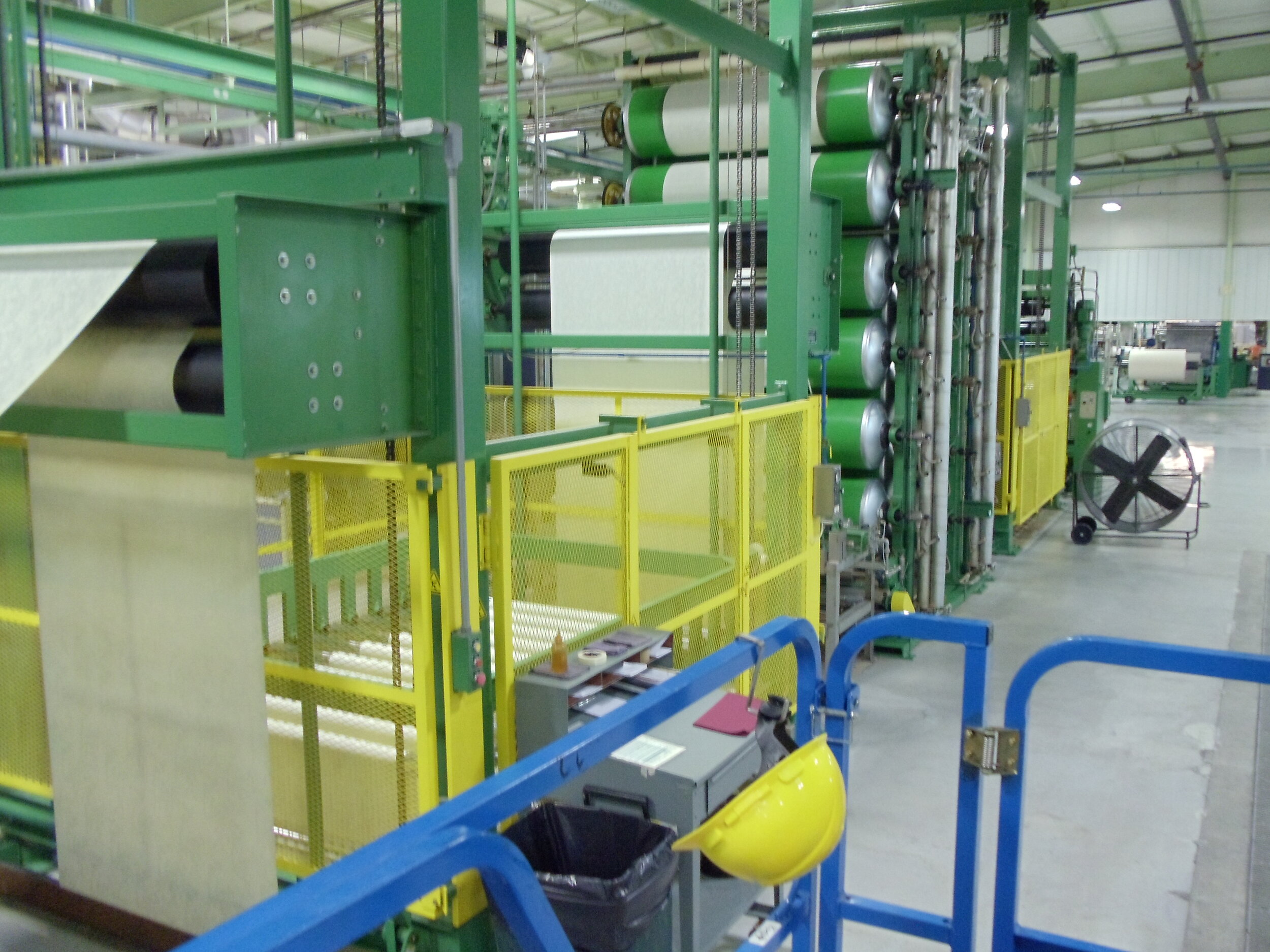The following are the steps in the production process of our apparel:
1. Sowing
Organic upland, pima cotton and naturally coloured cotton production starts with the sowing of the cotton seeds. No chemical or toxic fertilizers, pesticides/insecticides/herbicides are used and genetically modified seeds are prohibited in accordance to NOP (organic agricultural standard). Although it only occupies 3% of the world’s farmland, conventionally grown cotton consumes more than 25% of the insecticides and 12% of the pesticides used worldwide. (Insecticides are used to kill insects; pesticides are used to kill insects and other creatures, including birds, mammals, mollusks, and microorganisms.) In the US, 25% of the all pesticides used domestically are applied to conventional cotton.
The cotton plant takes about five months from germination to boll maturation when it is harvested for cotton fibre.
Our organic naturally coloured cotton is a carefully hand-bred, ancient, naturally pest, mildew and fire-resistant variety (so much so that a properly stored bale can last up to 100 years) that is a quality long staple cotton lending itself well to traditional spinning mills. It was developed by Sally Fox using organic and biodynamic growing methods. She cross-bred it with long staple cotton to develop a fiber that could be spun by traditional mills. Although the difference in length might seem slight – “short staple” cotton can be up to 1.15 inches long; “long staple” starts at 1.25” – it was a significant and strategic difference that produced colored cotton with the quality and the potential to go mainstream.
As an added comment, we would like to say that our cotton is primarily rain fed with some precise drip irrigation which greatly reduces the overuse and waste of water.
2. Harvesting
Organic upland, pima cotton and naturally coloured cotton are either picked mechanically or manually where it is simply allowed to freeze to expedite the harvesting process. The cotton must be stored in strictly controlled conditions to avoid the development of fungus, causing significant reductions in cotton quality. Our cottons do not use chemical harvesting as this is prohibited under the NOP standard.
3. Ginning
Ginning is when the cotton boll is separated from the seed and cleaned of any debris. It is now called lint and this lint is then compressed into bales for marketing. The quality of the cotton will suffer if unripe, damaged or dirty fibres are left in the cotton lint. Organic cotton seeds can be used for cotton seed oil production for human consumption and as well as fodder for livestock. There are absolutely no inputs applied to our cotton at this stage as everything is done mechanically.
4. Spinning
Spinning involves transforming the organic cotton fibre into yarn, including more cleaning, blending, and the twisting together of the fibres and the final coiling of the yarn. As per GOTS (organic textile manufacturing standard), there are no inputs of any kind applied at the spinning stage. Most spinning mills are now located in Asia and specifically in China and India. There are a handful left in southern United States which is where our cotton fibre has been spun. As mentioned in our Sowing section above, the quality of the spun yarns depends on the staple length of the cotton and the spinning technique, the most common being “ring spinning“ and open end spinning, with the latter being the superior technique, which is the technique used in our production.
The ring-spinning process twists rather than wraps the cotton fibers together to better hold the fiber bundle together. Therefore, ring-spun cotton is more durable than open-end cotton because the twisting vs the wrapping process in open-end cotton makes for a much strong yarn. Additionally, ring-spun cotton is softer than open-end cotton, which tends to feel rougher to the touch because the wrapped fiber runs perpendicular to the fiber bundle. In ring spun cotton, all of the fibers are aligned in the same direction which contribute to its softer and silkier feel.
5. Dying
Dyeing consists of imparting colour either to the loose cotton organic fibre, yarn, fabric or manufactured garment. There are two main dyeing techniques: dyes are either applied from dye solutions (fibres, yarns, fabric) or by printing from dye pastes (garments). A lot of commonly used dyes contain toxic chemicals which are hazardous to human health and the environment and need to be specially treated and disposed of after the dyeing process. Our dyeing processes are either GOTS certified or adhering to the GOTS protocol. Dyeing protocols under the GOTS standard prohibit chemical and hazardous dyes and dictate the use of natural and non toxic options.
6. Weaving & Knitting
The organic upland, pima and naturally coloured cotton yarn is transformed into fabric by weaving or knitting.
Under the GOTS standard, the use of toxic or chemical inputs to assist in the weaving or knitting processes is prohibited. Today, the majority of knitting and weaving mills work with computer-controlled looms. The ancient art of hand-weaving, however, along with hand-spinning, remains a popular craft in many countries, including the USA.
7. Finishing
In order to improve the properties of garments, various mechanical and chemical finishing techniques are applied to fabrics. Our organic fabrics are finished only with non chemical finishes that are approved under the GOTS standard and use mechanical techniques to achieve everything from sheen, softness and fibre compactness. As an example, one type of method used by our finisher was golf balls, yes real golf balls!…used mechanically to impact a silky feel to the fabric
8. Patternmaking & Cut and Sew Operations
When the fabric is ready to be made into a garment it is sent to a Cut and Sew operation which includes a pattern maker experienced in high end designs for pattern samples and sewing professionals that construct the garments. Our pieces have been cut and sewn only by professionals in the USA and Canada.








